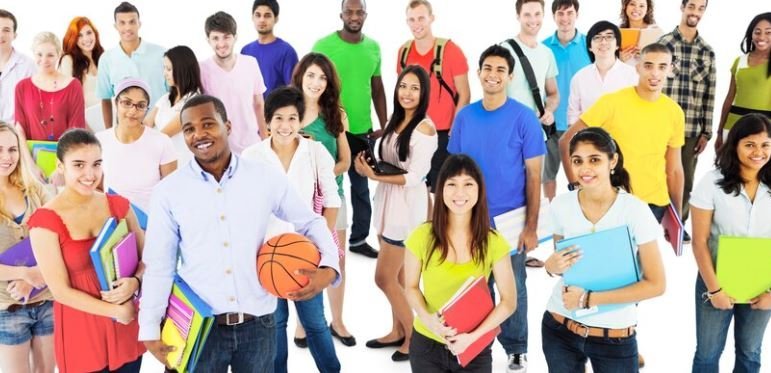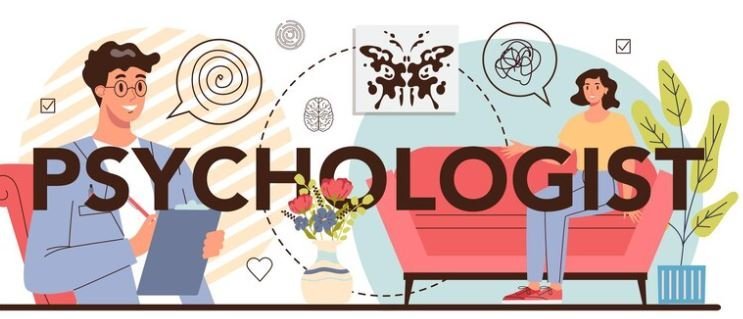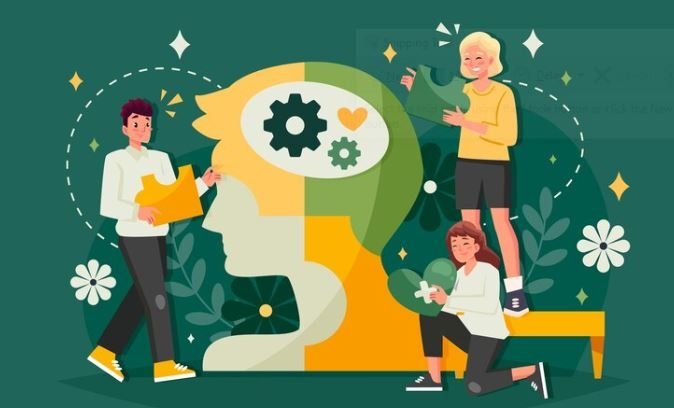It is a subject that teaches us about the people who live near our surroundings, in other places also how many people are there, and why it is necessary to care for animals on the earth. We can also learn about community and world population, which shows us how people are produced; move around on the earth’s surface concerning one another; and where they make their homes in different kinds of environments.
Population education is important to make the world you live in a nicer place for every one of us, this lesson can help students like yourself as part of your learning empathy.
What Is Population?
Population refers to the huge number of beings living in a certain area. This might be your community, town, state, or even the entire world! We live on this planet with people, we grow food here and make all our things out of natural resources population tells us how many there are the resources like land or water.
This earthly population is what we speak of as Population Education. In other words, we learn about how people come into the world, our families increasing in number and size; some places having more than others. We also found out why we had to consider the number of people in other parts and what this could mean down the line.
The Importance of Population Education
It tells us how different people live around the world and this is called population education. Big cities have lots of people, and small towns or villages are few. Understanding about population helps us realize why it is necessary to ensure everyone has the things they require, such as food, water, and shelter.
But, based on what I have seen to be true when people get crowded into a space all trying to access the same type of resources — that stuff is much easier said than done. This is exactly why we need to make population education an essential part of our lives.
It allows us to think about what we need to do in planning for our future so that everyone can live a happy and healthy life. We are taught that looking after our environment, judicious use of resources, and thinking about the future are all part of population education.
How Populations Grow and Change
Apart from population education also teaches us how the number of people varies over a period. Each day there are new babies born into this world, and the growth continues. Other times, people migrate to different areas of the country either way it affects the population numbers. Migration is the movement of people from one place to another.
Migration is undertaken for many reasons. Most people move to find more work, some simply move closer to their families, and for others, it can be as simple a reason as wanting different surroundings. If we read about population education, so many people are roving and these movements result in a transformation in the per capita needs of different locations.
Population education teaches us that the population of any area starts rising fast when a large number of humans move into another place. It can interesting because it introduces a whole new set of ideas and cultures, however with this there must be the resources needed for all these people.
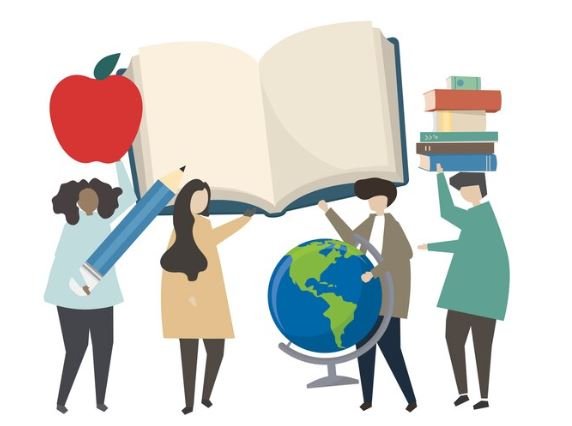
A more advanced understanding might lead you to other consequential questions like how increasing population affects the environment.
Our environment is the air we breathe, the water that flows through us, and in which we live. A popular education that could help us understand it is a topic of population and how much this planet can withstand, in regards to keeping the Earth clean, when millions are living in one place.
A soaring population in an area is terrible news for the environment. This is because an increasing number of people need more food, water, and energy. Overpopulation causes pollution, deforestation, and a lack of clean water because having so many people in one place will lead to giant population densities.
Reason why it is essential to understand teaching about population education It tells us about how wisely we should use the resources to keep them intact. That includes things like conserving water, planting trees, and cleaning the air. We can help our planet by making better choices and knowing what the population means for the environment.
How We Can Help
You are no longer a student but many things you can still do for the population and environment only while finishing student The primary Key falls into different; PRIMARY KEY (`id`) At home and in school— beginning with how to save on resources. It means shutting your lights off when you leave a room, not letting water run down the drain, and recycling everything that can be recycled.
You can also tell your friends and family about population education – another helpful way to do so. The more people learn how critical it is to respect the earth and consider shrinking their footprint, they will ultimately have better judgment as well.
Together, we can ensure there are resources for all and that our planet remains beautiful long after you have left it behind.
Planning for the Future
In Population Education we do not just collect facts and quantities of population. This is also about looking ahead and preparing for the long term. Even if we are thinking about how the population will change in the future, we can forecast this and take action to ensure that everyone has what is needed for life.
If we know that the population of a city is increasing rapidly, for instance, because statistics tell us so or just through personal observation on your walk to work each day. well, you might reasonably think now would be a good time to build some new schools and hospitals.
So that everyone can have somewhere to live, learn, and receive the right care in our city. Let us be forward-looking and let our communities truly prepare for what comes next.
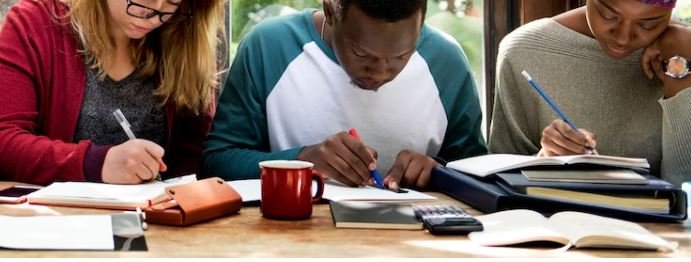
Education And Awareness In Population
Understanding Population through EducationEducation has a vital role in helping us understand population issues. We now learn about population education in school will be equipped to make good choices for the future.
Through learning how population shapes the world, we can consider what actions each of us could take to help make a difference.
High school teachers and schools play an essential role in teaching you all about population education. It spells out the lessons and integrated activities, enabling us to grasp these essential truths. Population lessons, where we learn to cooperate and share while respecting our surrounding nature.
Conclusion
Population education is a significant part of knowing our world. It helps to present the number of people residing in different locations, the change in population over time, and its impact on our environment.
We are learning population education to understand how we can help our planet and ensure that everyone gets their basic needs according to which one lives a happy, healthy life.
As young learners, we can all take the initiative and learn, spread knowledge that will aid in making the proper choices to protect our home for scores of generations yet to come.
